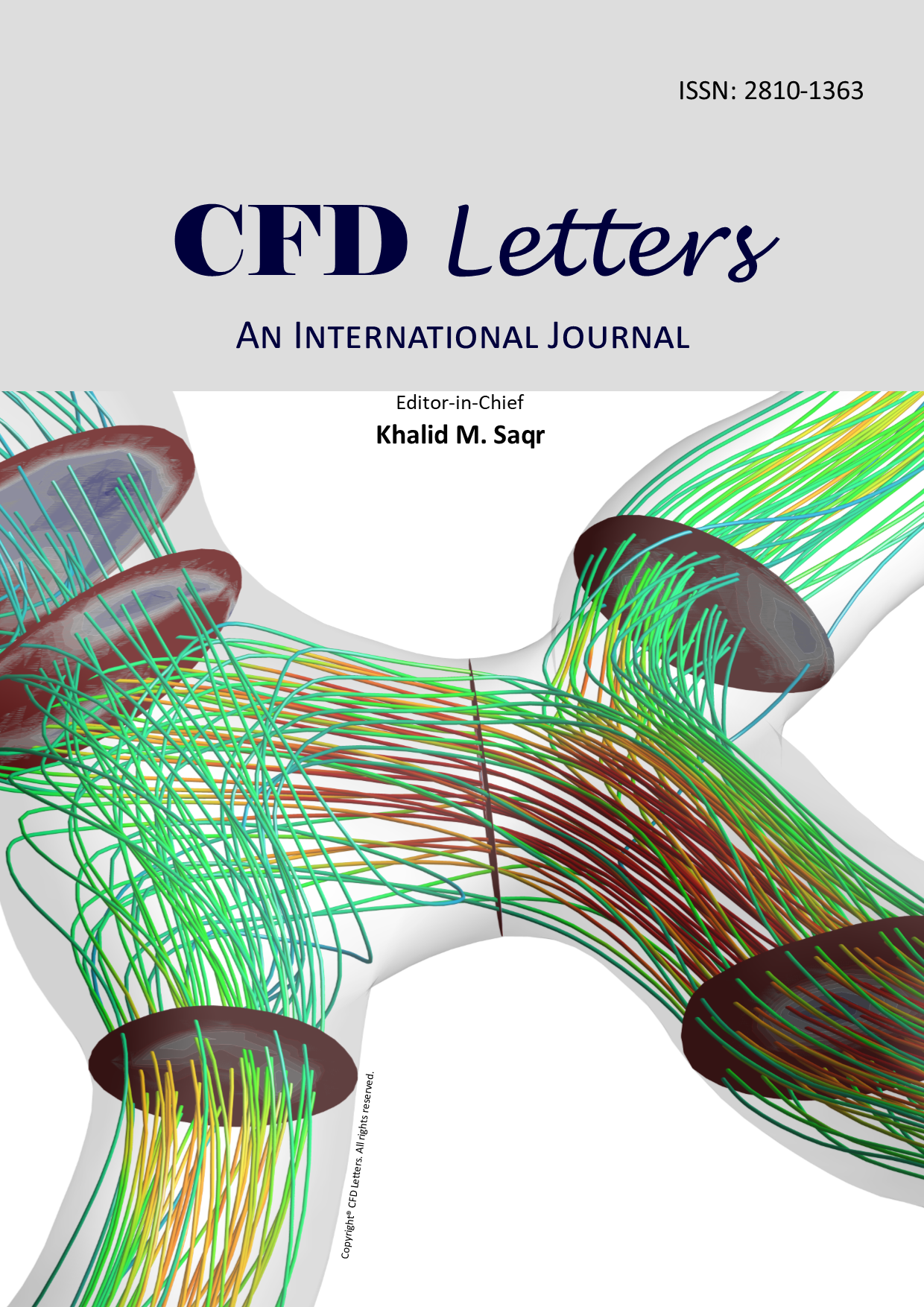Stagnation Point Flow of Hybrid Nanofluid over a Permeable Vertical Stretching/Shrinking Cylinder with Thermal Stratification Effect
Keywords:
hybrid nanofluid, stagnation point flow, stretching/shrinking cylinder, thermal stratification, dual solutionsAbstract
Hybrid nanofluid is invented to improve the heat transfer performance of traditional working fluids (water, traditional nanofluid) in many engineering applications. The present study highlights the numerical solutions and stability analysis of stagnation point flow using hybrid nanofluid over a permeable stretching/shrinking cylinder. The combination of copper (Cu) and alumina (Al2O3) nanoparticles with water as the base fluid is analytically modeled using the single phase model and modified thermophysical properties. A set of transformation is adopted to reduce the complexity of the governing model and then, numerically computed using the bvp4c solver in Matlab software. Suction parameter is vital to generate dual similarity solutions in shrinking cylinder case while no solution is found if the surface is impermeable. Two solutions are possible for the assisting and opposing flow within a specific value of the buoyancy parameter. For the shrinking cylinder, Al2O3-water nanofluid has the lowest heat transfer rate than Cu-water and hybrid Cu-Al2O3/water nanofluids. A suitable combination of alumina and copper nanoparticles volumetric concentration in hybrid nanofluid can produce higher heat transfer rate than the Cu-water nanofluid. The execution of stability analysis reveals that the first solution is more realistic than second solution. However, the present results are only fixed to the combination of copper and alumina nanoparticles only and the other kind of hybrid nanofluid may have different outcomes.













